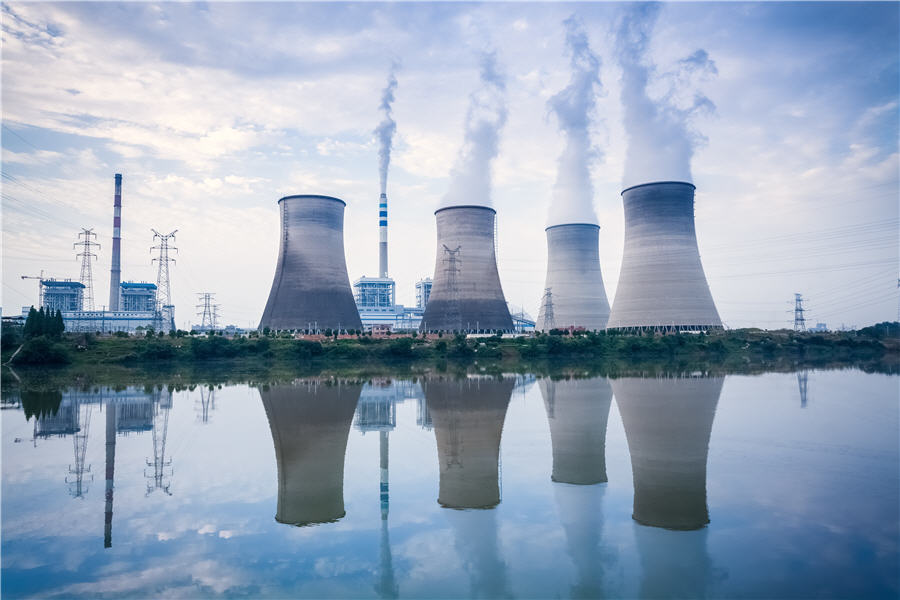Global coal production will grow this year despite covid-19

Global coal production is expected to grow only marginally in 2020, from 8.13 billion tonnes in 2019 to 8.17 billion tonnes in 2020, a growth of only 0.5% after three consecutive yearly increases, due to the disruptions caused by the coronavirus pandemic, says GlobalData.
According to the analytics company, disruption has been most significant in China. Coal production declined by around 6% in the first two months of 2020 as workers could not return to mine sites due to the coronavirus outbreak.
However, by March 4, 83% of China’s coal mining capacity was operational and production is now expected to recover over the remainder of 2020 with a forecast decline of only 1.2% expected by the year-end.
Thermal coal production is expected to grow by 0.5% to 7.05 billion tonnes, while metallurgical coal production is forecast to be flat at 1.1 billion tonnes
Thermal coal production is expected to grow by 0.5% to 7.05 billion tonnes, while metallurgical coal production is forecast to be flat at 1.1 billion tonnes.
Over the next four years, production of thermal coal is expected to grow at a compound annual rate of 1.9% to reach 7.6 billion tonnes by 2023, due to increasing demand from India and China.
“Across the globe, compared with other commodities coal production is only expected to be marginally affected by the impact of the coronavirus as thermal coal mines are permitted to operate during lockdowns as they are deemed essential to maintain power supplies,” says Vinneth Bajaj, senior mining analyst at GlobalData.

China’s overall annual coal consumption is expected to decline by 0.5%, due to the lockdown of industrial areas with thermal coal consumption falling by around 0.3% in 2020.
Through to 1 March 2020, Chinese coal-fired power plants reported a 3% decline in their coal consumption, with an 8% decline in the country’s power generation during the first two months of 2020.
In India, around 845 million tonnes of coal is expected to be produced in 2020 – an 8.3% increase compared to 2019.
Elsewhere, thermal coal mines in South Africa have been permitted to operate despite the country’s 21-day lockdown.
“Longer term, whilst power demand is growing, we will see coal declining as a proportion of the power generated. At present, 67% and 75% of the electricity in China and India is generated from coal,” Vinneth adds.
“However, both counties have environmental commitments to reduce carbon emissions, and have targeted to reduce these shares to 58.5% and 50% by 2030 respectively.”
More News
{{ commodity.name }}
{{ post.title }}
{{ post.date }}



2 Comments
Arthur Bhutic
Bet what Coal is in the US?
Burning coal for pizza is more important than burning coal for power plants! That was ever since ‘02! Almost to be a 20th Anniversary of that! However, that’s true in America’s Large Metro Areas! On the other hand, burning coal for power plants outside large metro areas are important than burning coal for power plants in large metro areas! While in large metro areas: Gasifying coal is more important than burning coal, not just for power plants, also for transportation, to wean off transp that are gas guzzlers! Burning coal cleanly for power plants is more important than burning just burning coal for power plants! For ones who can’t afford clean coal, scrubbing carbon dioxide of dirty coal and injecting aerosols into dirty burning coal is more important than burning dirty coal! Scrubbing Co2 gets collected and be used to enhance oil wells, put out fires, inject into planted trees, and be shipped of to Mars for animals, humans, and plants to live there! Injecting aerosols into dirty coal is to change global warming to global freezing! Such as the coal plant burning the dirty coal with aerosols emits aerosols into the atmosphere! That means this dirty coal plants will be the new erupting volcanoes!
Vishwanatha Reddy N
Uses of COAL for Thermal power is most effective to the Environment.